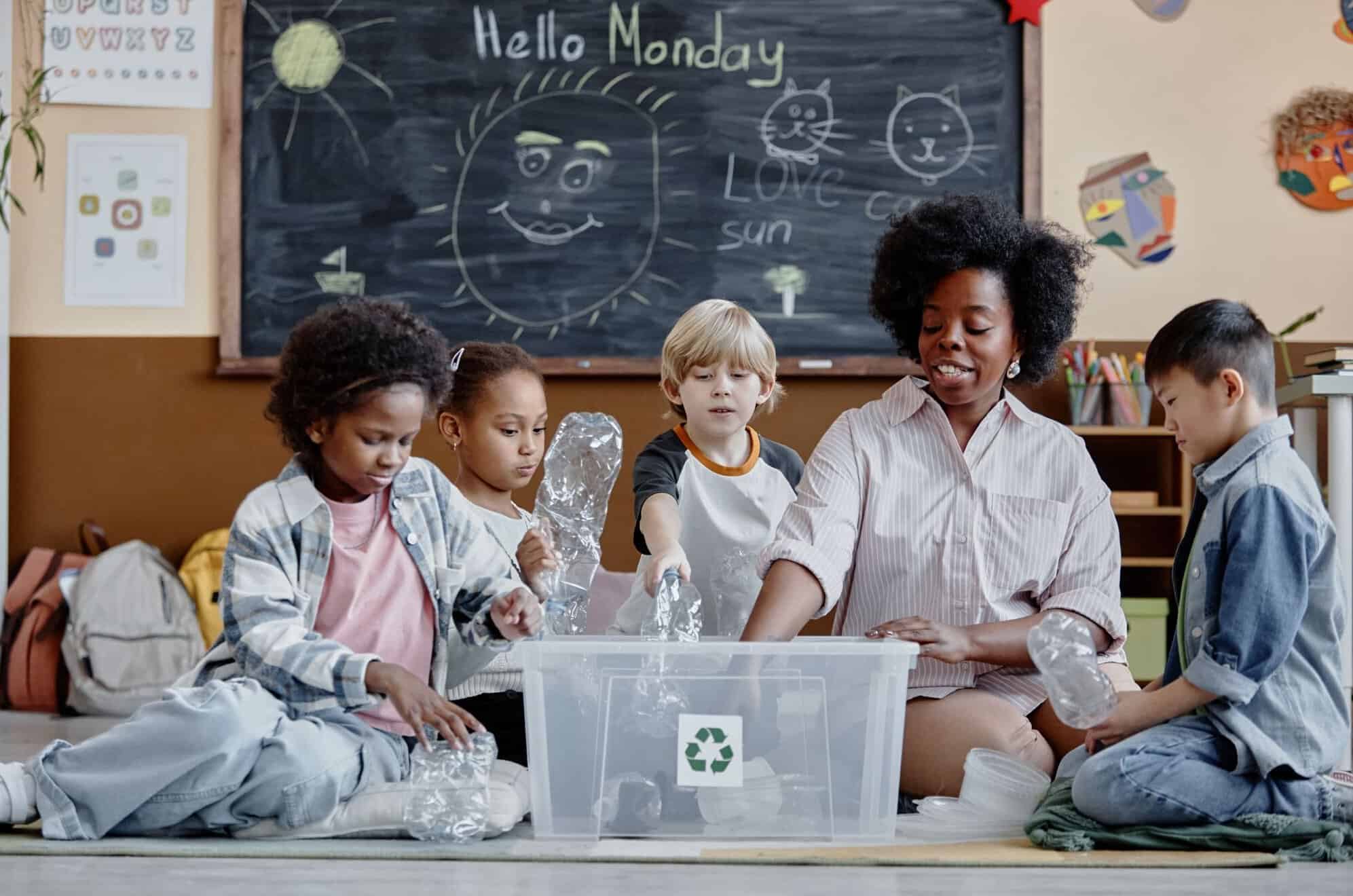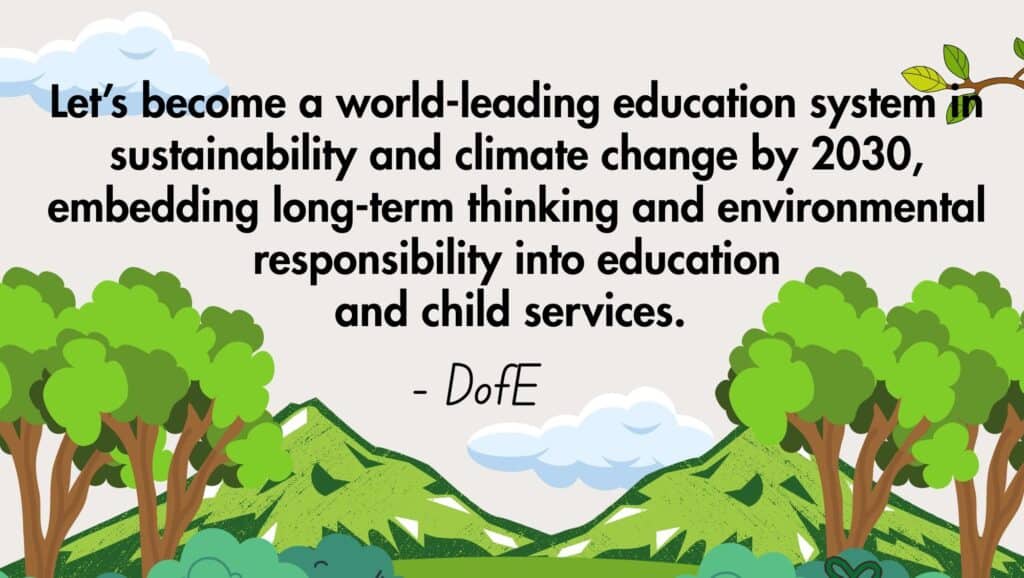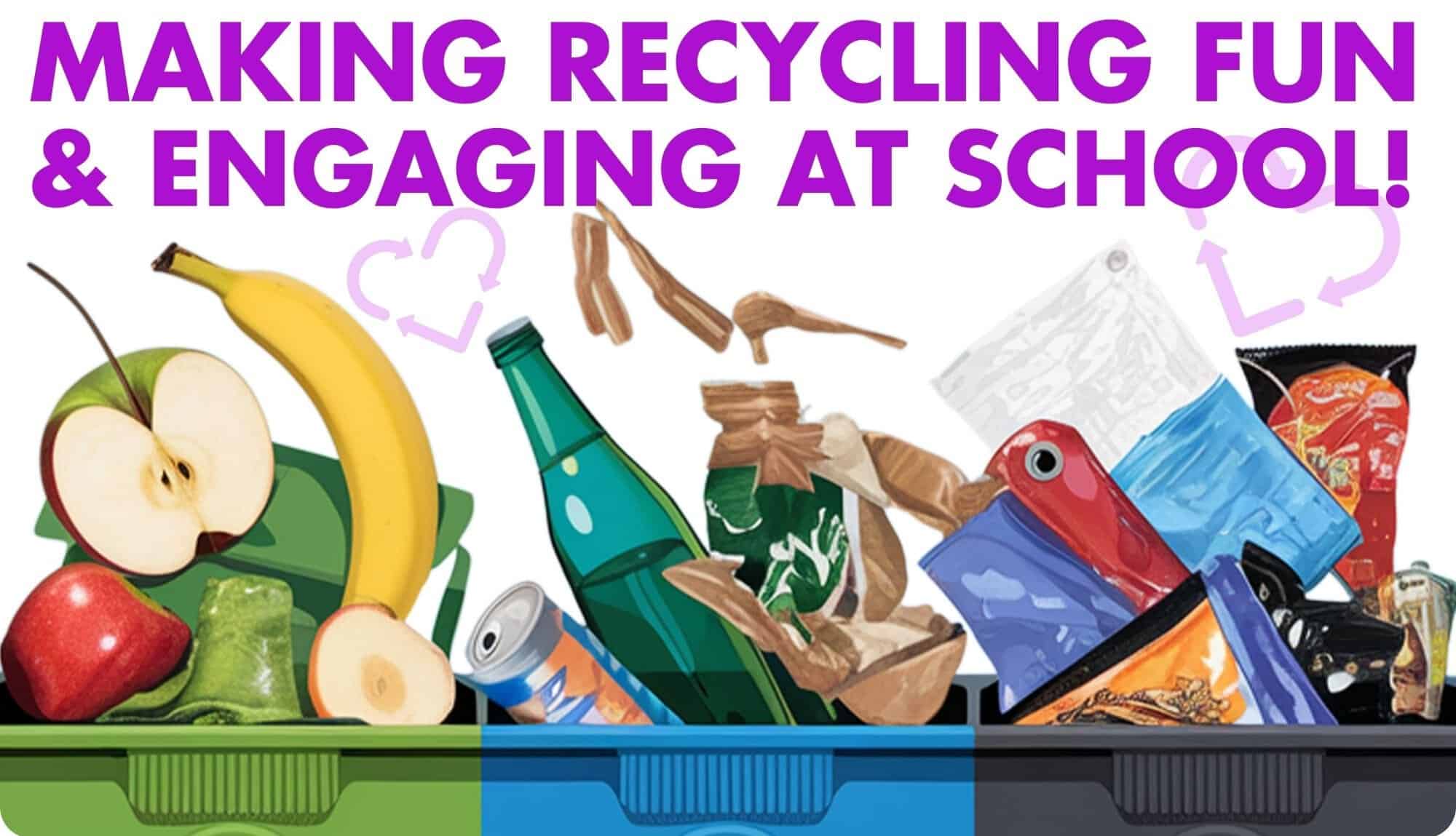
By September 2025, all education settings should have a Climate Action Plan (CAP) in place and an appointed sustainability lead according to the Department for Education (DfE). Its goal is to make education more sustainable and help children develop the skills to create a greener future.
At Forward Products, we understand the mounting pressure on schools and higher education, so we want to make tackling projects like CAP easier. This blog outlines climate action plan requirements, with helpful resources to support your sustainability journey.
A quick guide to climate action plans
Let’s breakdown CAP into the who, what, why and how – plus we explain the four key pillars:
Who does it apply to?
All education settings should have both a climate action plan and a nominated sustainability lead – this includes:
• Early years settings
• All schools (primary, secondary, middle, all through schools etc)
• Colleges
• Multi-academy trusts
• Universities
The four pillars of climate action plans in schools
Climate actions plans shouldn’t just be a box ticking exercise, they are an opportunity to shape the future of your school, students, and the planet. The Department for Education’s strategy outlines four core pillars that every school’s CAP should address:
Decarbonisation and Sustainable Operations
Part of the plan to reduce waste, improve resource efficiency, and embed sustainable procurement practices to reduce carbon emissions and environmental impact across the education settings.
What this entails:
• Improving energy efficiency in school buildings and infrastructure.
• Investing in low-carbon technology and sustainable construction practies.
• Promoting behaviour change to reduce waste, water use, and energy consumption.
• Aligning school operations with the UK government’s Net Zero Strategy

Adaptation & resilience
This pillar aims to ensure the education system is prepared for the impact of climate change – focusing on adapting school building, grounds and processes.
What this entails:
• Identifying risks such as flooding, overheating, or supply chain disruption.
• Embedding climate risk into emergency and infrastructure planning.
• Encouraging localised responses tailored to each school or region.
• Supporting wellbeing and mental health linked to climate anxiety.
Improving the environment and biodiversity
Connecting children and young people with nature to foster stewardship and improve wellbeing, whilst improving air quality and enhancing biodiversity.
What this entails:
• Participating in the National Education Nature Park to engage pupils in restoring biodiversity.
• Encouraging outdoor learning and nature-based play.
• Incorporating biodiversity into school grounds management.
• Promoting citizen science and conservation initiatives.
If you’re looking for other resources to help connect your students with nature, the WWF website has lots of tips and information to get schools involved, as well as free careers programmes.

Climate education and green careers
Equipping students with the skills required for future careers in a greener economy and preparing pupils through learning and practical experience.
What this entails:
• Highlighting pathways into green careers through curriculum links and careers advice.
• Collaborating with industry to ensure skills provision matches workforce demand.
• Developing technical qualifications (T Levels, apprenticeships) aligned with net-zero sectors.
• Encouraging entrepreneurship in sustainability innovation.
How to tackle your climate action plan
Creating your climate action plan can be daunting, especially when you are short on time already, so breaking it down into steps can help make the process easier:
• Create a sustainability team to include operational and educational staff – a holistic, whole setting approach is vital to the success of your climate action plan.
• Gather data – the more information you have around how sustainable your setting is, the easier it is to identify areas for improvement and baseline information to help you set targets.
• Break down the four pillars of CAP into goals across year one (your plan can be revisited annually!) to make them more accessible and achievable.
• Encourage regular meetings to ensure momentum with the project, including tracking and evaluating progress.
• Focus on positive examples to support engagement and motivation – use other schools and education settings as case studies to inform your plan!
• Get your students involved – not only does this encourage a culture of collaboration in your school, it also supports the education pillar.
Southward Education Learning and Achievement (a partner of the Southward council) has a helpful template to support building your climate action plan – find it here!

Schools are positioned to pave the way in tackling climate change. By embedding sustainability in the school community, educators and leadership can help students be aware of the challenges our planet faces and to become empowered to be part of the solution.
We understand that creating a climate action plan is another addition to your busy work lives, but this is an opportunity to change the future of your school and students. At Forward Products, we want to make things a little easier on you with useful guides, resources, and teaching ideas – so stay in touch and sign up for our newsletter!



